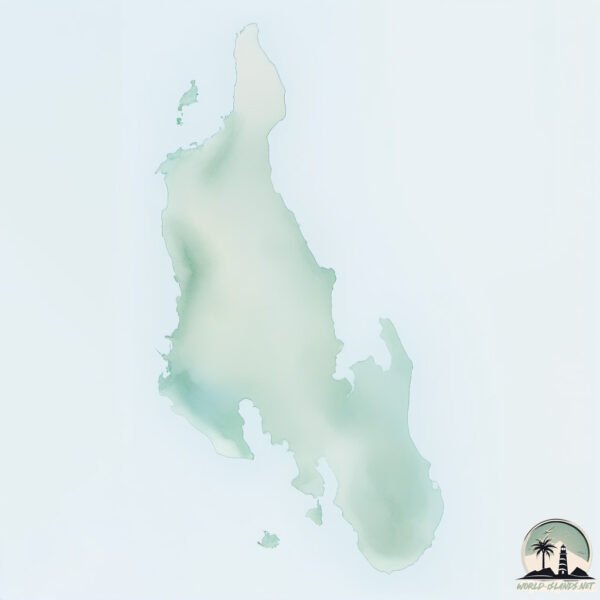Zanzibar

Welcome to Zanzibar, a Tropical island in the Indian Ocean, part of the majestic Indian Ocean. This guide offers a comprehensive overview of what makes Zanzibar unique – from its geography and climate to its population, infrastructure, and beyond. Dive into the details:
- Geography and Size: Explore the island’s size and location.
- Climate and Weather: Weather patterns and temperature.
- Topography and Nature: Uncover the natural wonders of the island.
- Infrastructure and Travelling: Insights on reaching, staying, and making the most of your visit.
- News and Headlines: Latest News.
Geography and size of Zanzibar
Size: 1602 km²
Coastline: 338 km
Ocean: Indian Ocean
Sea: Indian Ocean
Continent: Africa
Zanzibar is a Very Large Island spanning 1602 km² with a coastline of 338 km.
Archipel: –
Tectonic Plate: Somalia – A large tectonic plate covering the Horn of Africa and parts of the Indian Ocean, known for the East African Rift where it’s splitting away from the African Plate.
The geographic heart of the island is pinpointed at these coordinates:
Latitude: -6.13867992 / Longitude: 39.35901866
Climate and weather of Zanzibar
Climate Zone: Tropical
Climate Details: Tropical Monsoon Climate
Temperature: Hot
Climate Characteristics: Characterized by heavy rainfall, high humidity, and uniformly high temperatures, but with a distinct short dry season. It features a seasonal reversal of prevailing wind directions.
Topography and nature of Zanzibar
Timezone: UTC+03:00
Timezone places: Asia/Riyadh
Max. Elevation: 99 m
Mean Elevation: 28 m
Vegetation: Evergreen Broadleaf Forest
Tree Coverage: 42%
The mean elevation is 28 m. The highest elevation on the island reaches approximately 99 meters above sea level. The island is characterized by Plains: Flat, low-lying lands characterized by a maximum elevation of up to 200 meters. On islands, plains are typically coastal lowlands or central flat areas.
Dominating Vegetation: Evergreen Broadleaf Forest
Characterized by dense, lush canopies of broadleaf trees that retain their leaves year-round. These forests are typically found in tropical and subtropical regions and are known for their high biodiversity. Zanzibar has a tree cover of 42 %.
Vegetation: 13 vegetation zones – Exceptionally Diverse Island
Islands with more than ten vegetation zones are among the most ecologically rich and varied in the world. These islands are akin to miniature continents, boasting an incredible array of ecosystems. The sheer range of habitats, from high peaks to deep valleys, rainforests to deserts, creates a mosaic of life that is unparalleled. They are crucial for conservation and ecological studies.
Infrastructure and Travelling to Zanzibar
Does the island have a public airport? yes.
Zanzibar has a public and scheduled airport. The following airports are located on this island: Abeid Amani Karume International Airport.
Does the island have a major port? yes.
Zanzibar is home to a major port. The following ports are situated on the island: .
The mean population of Zanzibar is 760 per km². Zanzibar is Densely Populated. The island belongs to United Republic of Tanzania.
The name of the island resonates across different cultures and languages. Here is how it is known around the world: Arabic: أرخبيل زنجبار; German: Sansibar-Archipel; Spanish: Archipiélago de Zanzíbar; French: Zanzibar; Portuguese: Arquipélago de Zanzibar; Russian: Занзибар; Chinese: 桑给巴尔群岛
Continuing your journey, Tumbatu is the next notable island, situated merely km away.
I Found Paradise in Zanzibar(Top Things To Do)



United Republic of Tanzania is classified as Least developed region: Countries that exhibit the lowest indicators of socioeconomic development, with the lowest Human Development Index ratings. The level of income is Low income.
News – Latest Updates and Headlines from Zanzibar
Stay informed with the most recent news and important headlines from Zanzibar. Here’s a roundup of the latest developments.
Social Media Posts about Zanzibar
Please note: The data used here has been primarily extracted from satellite readings. Deviations from exact values may occur, particularly regarding the height of elevations and population density. Land area and coastline measurements refer to average values at mean high tide.
